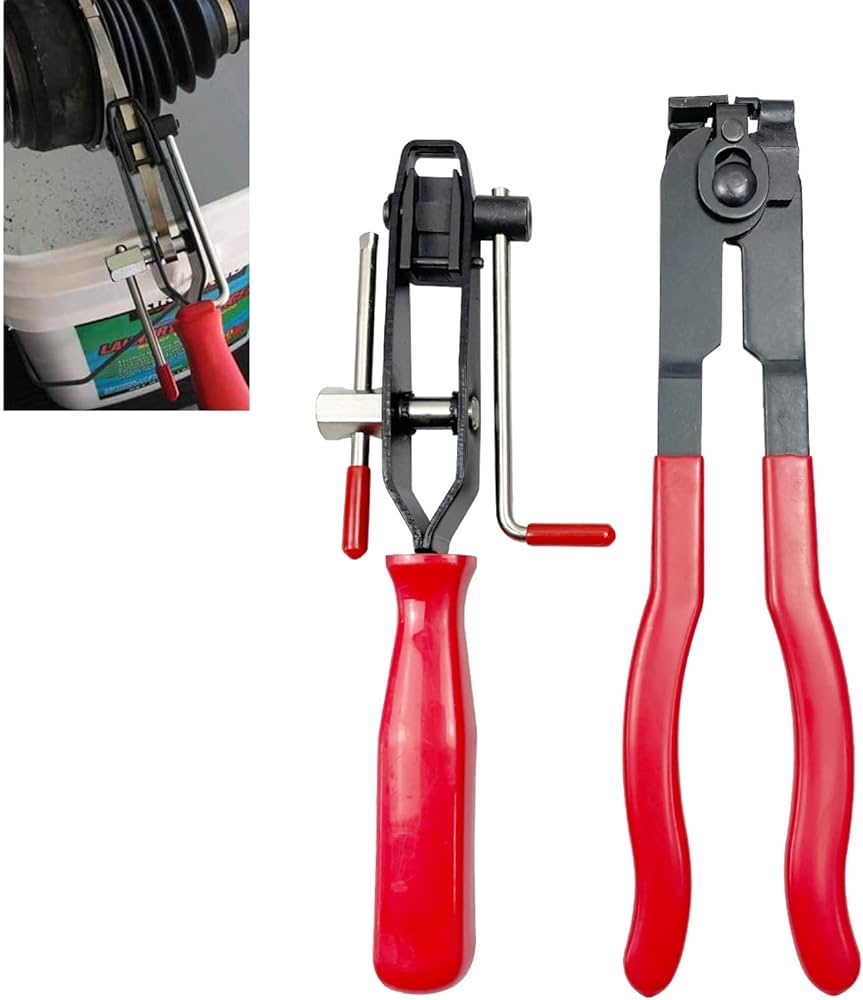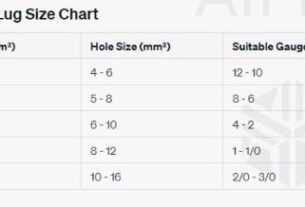Are you tired of struggling with hose connections that keep leaking and failing? The solution you need is a hose banding tool. This handy device makes it easy to secure hoses in place, preventing leaks and ensuring a reliable connection every time. In this article, we’ll take a deep dive into the world of hose banding tools, covering everything from how they work to tips for using them effectively. So buckle up and let’s get started!
What Is a Hose Banding Tool?
A hose banding tool is a device used to tighten bands or clamps around hoses, securing them in place and preventing leaks. These tools are typically used in automotive, industrial, and plumbing applications where reliable hose connections are essential. They come in various shapes and sizes, but most consist of a ratcheting mechanism that tightens the band around the hose.
Different Types of Hose Banding Tools
There are several different types of hose banding tools available on the market today. Each has its own unique features and benefits, so it’s important to choose the right one for your needs. Here are some of the most common types:
1. Manual Hose Banding Tool – This is the most basic type of hose banding tool. It consists of a ratcheting mechanism that tightens the band around the hose by hand.
2. Pneumatic Hose Banding Tool – This type of tool uses compressed air to tighten the band around the hose automatically. It’s faster and more efficient than manual tools but requires an air compressor to operate.
3. Battery-Powered Hose Banding Tool – This type of tool uses a rechargeable battery to power the ratcheting mechanism. It’s ideal for use in remote locations where access to electricity is limited.
4. Hydraulic Hose Banding Tool – This type of tool uses hydraulic pressure to tighten the band around the hose. It’s typically used in industrial applications where large hoses and high-pressure connections are common.
How to Use a Hose Banding Tool
Using a hose banding tool is relatively simple, but it does require some skill and practice to do it correctly. Here are the basic steps:
1. Choose the right size band for your hose connection.
2. Position the band around the hose, making sure it’s snug but not too tight.
3. Place the banding tool over the band and tighten it until the band is secure.
4. Trim any excess band material with a pair of wire cutters.
Tips for Using a Hose Banding Tool Effectively
While using a hose banding tool may seem straightforward, there are some tips you can follow to ensure a more effective result. Here are a few things to keep in mind:
1. Always use the right size band for your hose connection. Using a band that’s too small or too large can lead to leaks and failures.
2. Make sure the band is positioned correctly before tightening it. If it’s off-center or twisted, it won’t provide a reliable connection.
3. Use the appropriate type of hose banding tool for your application. Manual tools are fine for most automotive and plumbing applications, but industrial settings may require pneumatic or hydraulic tools.
4. Don’t overtighten the band. While it’s important to make sure the connection is secure, over-tightening can damage the hose and cause leaks.
5. Always wear eye protection when using a hose banding tool. The bands can snap under pressure, causing sharp pieces of metal to fly off.
The Benefits of Using a Hose Banding Tool
There are several benefits to using a hose banding tool in your applications. Here are just a few:
1. Prevents Leaks – A properly secured hose connection won’t leak, reducing downtime and maintenance costs.
2. Increases Safety – Leaking hoses can be a safety hazard, causing slips and falls. A secure hose connection reduces this risk.
3. Saves Time – Using a hose banding tool is faster than other methods of securing hoses, such as using clamps or zip ties.
4. Improves Efficiency – Reliable hose connections improve the efficiency of your equipment, leading to increased productivity and reduced waste.
5. Reduces Costs – Preventing leaks and failures reduces the need for costly repairs and replacements.
In Conclusion
A hose banding tool is an essential piece of equipment for anyone who works with hoses in automotive, industrial, or plumbing applications. By using the right tool and following the proper techniques, you can ensure reliable connections that won’t leak or fail. So whether you’re a professional mechanic or a DIY enthusiast, make sure to add a hose banding tool to your toolbox today!
Wiki reference: https://en.wikipedia.org/wiki/Hose_clamp




